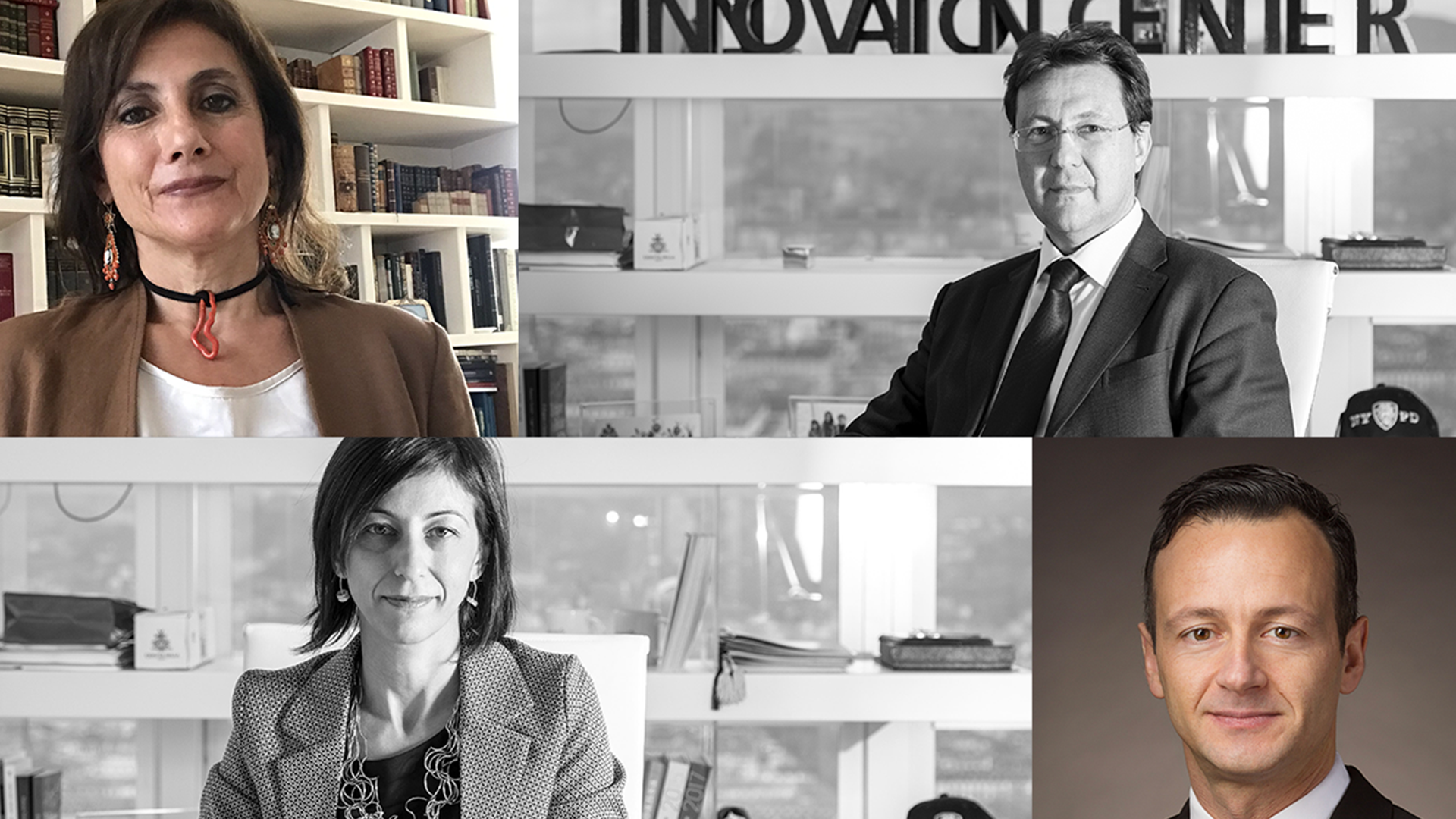Innovation
Da Vinci: the science behind our love for him
A neuroscience team based at the Intesa Sanpaolo Innovation Center delves into just how we process and respond to masterworks.
The Intesa Sanpaolo Innovation Center draws on applied research in specific areas. One of those areas is neuroscience.
Researchers and academics work hand-in-hand with the bank’s business departments to solve commercial problems in innovative ways.
“Why neuroscience?” asks Luigi Ruggerone, who is in charge of the Trend Analysis and Applied Research Department at the Innovation Lab. “Well, because at the end of the day… what really matters is always the human beings.”
The past few years have seen the emergence of a discipline called organisational neuroscience, which combines neuroscience research with management theory and psychology. The Intesa Sanpaolo Innovation Center teams up with the IMT School for Advanced Studies in Lucca for its projects.
“Why neuroscience? Well, because at the end of the day... what really matters is always the human beings”
“Through collaboration with the Intesa Sanpaolo Innovation Center, we are able to provide a more comprehensive and integrated exploration of our core current understanding of neuroscience applied to organisations,” says Andrea Malizia, from the IMT School for Advanced Studies.
One of the neuroscience team’s recent projects was to attempt to deconstruct how we enjoy artworks. Inside the Museo del Cenacolo Vinciano, its visitors used a variety of sense-tracking devices to measure the neurological responses of viewers to The Last Supper by Leonardo Da Vinci and Crucifixion by Giovanni Donato da Montorfano.

Michela Palazzo – Museo del Cenacolo Vinciano
Luigi Ruggerone – Trend Analysis and Applied Research Department, ISP Innovation Center
Sonia D’Arcangelo – Neuroscience Lab, ISP Innovation Center
Andrea Malizia – IMT School for Advanced Studies
Their work revealed fascinating insights: that the main point of focus in Da Vinci’s painting was on Jesus and the Apostle Thomas, whereas in Montorfano’s work, it was on the base of the cross. The research also revealed that viewing The Last Supper heightened people’s emotions and made them feel happier.
“The Last Supper project for me, meant we have an innovative tool available to understand how a visitor can conceive of a museum,” says Michela Palazzo, head of the Museo del Cenacolo Vinciano.
Experiments such as this give crucial insight into human behaviour that for business can help shape everything, from human resources to marketing. At first fighting to convince clients of its relevance, two years in and the Neuroscience Lab now has a backlog of business problems to work on.
For Sonia D’Arcangelo, head of the Neuroscience Lab at the Intesa Sanpaolo Innovation Center, the neuroscience work has real-world significance. “The pandemic theme allowed us to think about new research questions like the effects of smart working and related to attention, emotion, job, collaboration,” she says.
Listen to the podcast to hear more about the Neuroscience Lab at the Intesa Sanpaolo Innovation Center.
Cover Photo Credits
Leonardo da Vinci, “Last Supper”, 1494-1498; Ministero per i Beni e le Attività Culturali e per il Turismo, Museo Nazionale del Cenacolo Vinciano
Last updated 17 June 2024